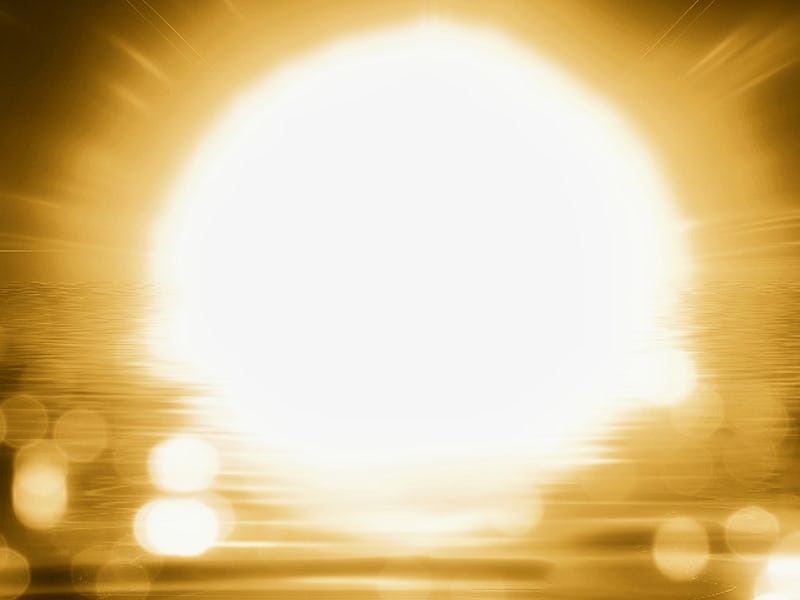Astronomers Just Used A Bizarre New Method To Capture Evidence of Elusive Stellar Winds
The researchers used creative methods to observe the sea of charged particles from three extremely bright stars.

For the first time, astronomers have used X-ray data to observe the sea of charged particles that radiates off a trio of bright stars.
This outward flow, called stellar wind, plays a critical role in both a planet’s habitability and how stars evolve. But astronomers don’t yet fully understand how stellar wind works. In the new study, published Friday in the journal Nature Astronomy, the team of astrophysicists captured evidence of the stellar winds wafting away from three extremely bright stars some 11 to 15 light years away. The signatures they found could help them better understand stellar winds’ critical role in space.
Artist’s rendition of a solar storm hitting Mars and stripping ions from the planet’s upper atmosphere.
The answer is blowin’ in the wind
When Kristina Kislyakova, an astrophysicist at the University of Vienna in Austria and the lead author of the new study, first went looking for ways to capture stellar wind she started too small. She went looking for X-ray emissions around exoplanets to observe non-solar stellar wind.
The idea is that stellar winds make themselves known upon whatever they strike. But the team eventually had to search for bigger objects on the receiving end. “I did a small estimate for a hot Jupiter, and it turned out that, for planets, you would see nothing. The emission would of course be strong, but since they are so far away, the signal wouldn’t be strong enough to detect from the Earth,” she says.
Infrared image of the massive giant star Zeta Ophiuchi and its shockwave as its astrosphere collides with the interstellar medium.
The next step was to explore astrospheres, the bubbles of charged gas and magnetic fields that surround stars as they orbit the center of the Milky Way, which were especially vivid. Charged particles from a star will extract electrons from neutral matter, and ultimately, this creates X-ray emissions astronomers can observe. Comets in our Solar System, she says, are bright in X-ray emissions for this reason.
“We were lucky enough, after many many trials and errors, because it was quite tricky to work with this data, to search for these faint signals. We found signals from three stars, and we were very surprised,” she said.
The X-ray data gained from the stellar winds of 70 Ophiuchi, Epsilon Eridani, and 61 Cygni is crucial. We cannot send a satellite to a different star to study the charged stellar wind particles, Kislyakova says. The only way we can see the energetic breeze from these stars is through indirect methods or, now, more direct methods showcased in the new work.